Space and Earth Observation Centre (FMI-SPACE) scientists Leena Leppänen, Juho Vehviläinen, Anna Kontu, Juha Lemmetyinen and Jouni Pulliainen together with Richard Kelly and Qinghuan Li from the University of Waterloo, Canada, found how to enable the improvement of interpreting microwave satellite observations. Microwave transmissivity of frozen trees changes with temperature hampering the interpretation. The results support the development of methods to assess snow mass (snow water equivalent) and soil freeze-thaw processes by using microwave satellite sensors.
Forest canopy deteriorates the feasibility of space-borne microwave Earth Observation sensors to obtain information on snow and soil characteristics. A new investigation shows that these effects vary with temperature also during the winter period with temperatures well below 0°C. The analysis is based on a winter-long experiment 2016-2017 that used a ground-based multi-channel microwave radiometer to measure thermal radiation through the forest canopy.
The results show that the transmissivity through the canopy is not constant at temperatures below the pure water freezing point, but instead the penetration (transmissivity) of radiation through the canopy gradually increases as temperature drops, without any saturation even in as low temperatures as -30°C (measured at the surface of tree trunks). Additionally, the observed effect of typical mid-winter (dry) snow on forest canopy was negligible during the measurement period.
More information:
Leena Leppänen, leena.leppanen@fmi.fi
Anna Kontu, anna.kontu@fmi.fi
Li, Q., Kelly, R., Leppänen, L., Vehviläinen, J., Kontu, A., Lemmetyinen, J., & Pulliainen, J. (2019). The influence of thermal properties and canopy-intercepted snow on passive microwave transmissivity of a scots pine. IEEE Transactions on Geoscience and Remote Sensing. DOI: 10.1109/TGRS.2019.2899345

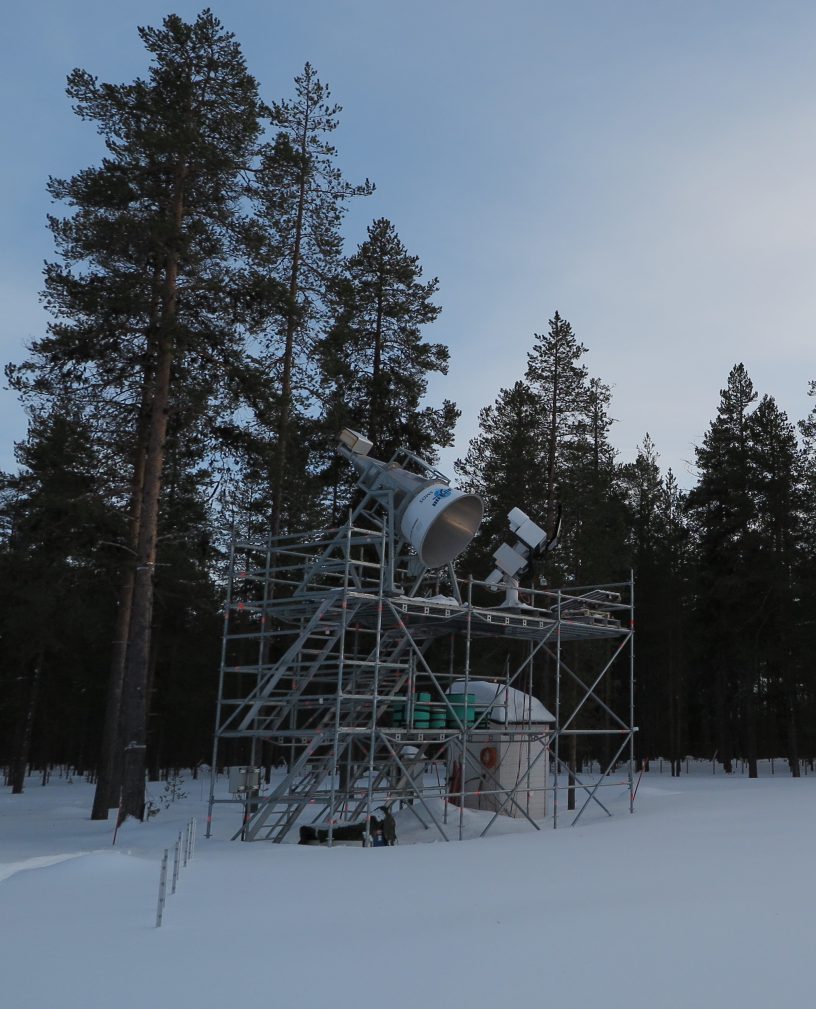

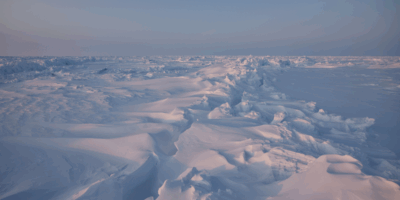
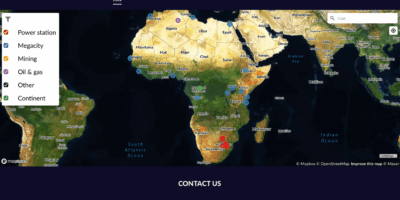

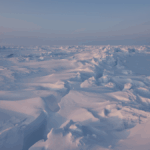
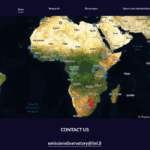
Leave a Reply
You must be logged in to post a comment.